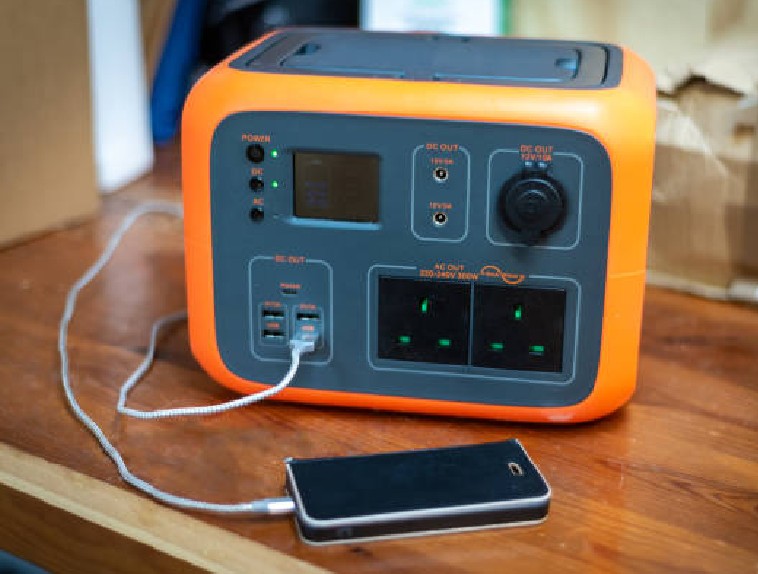Question: Equipment and field evaluation
What are the types of equipment that can be subject to a field evaluation?
Answer
First, it is important to understand why field evaluations are performed. Section 90.7 of the 2002 National Electrical Code outlines specifific considerations for approval of equipment by the AHJ. Inherent in this language is the recognition that equipment should be evaluated to specific parameters by an organization with proper facilities to evaluate the construction and components of the equipment. Without third-party evaluated equipment, a jurisdiction would be faced with judging equipment based on NEC requirements alone. NEC requirements primarily focus on the installation of equipment and therefore, are not suitable for the evaluation of internal wiring and components used in many products. For example, expecting the factory-installed internal wiring in a computerized equipment controller to comply with Article 310 requirements for conductors for general wiring is not practical or realistic. On the other hand, expecting an AHJ to verify that the equipment complies with the construction and performance requirements in the applicable UL standard, without adequate facilities or knowledge of these requirements, is also problematic. A field evaluation meets the need to determine compliance to the appropriate end-use product standards.
A field evaluation (FE) is an evaluation of equipment that is either not labeled or that has been modifi ed after labeling. The evaluation is conducted to determine that the product or system meets all necessary and applicable requirements.
A field evaluation is performed at the request of the manufacturer of the equipment, the installer, the end user, or the AHJ.
By requiring a field evaluation, the AHJ will obtain valuable information to support his decision on whether or not to approve the product installation. At times, a manufacturer or end user will request a field evaluation even when the AHJ does not require it; thus, adding another layer to a comprehensive internal safety program.
In addition to new installations, FEs are frequently conducted on existing and relocated equipment installations.
UL’s field evaluation process consists of a documentation review, visual and mechanical nspection, determination of suitability for installation in accordance with the NEC, and applicable testing. These findings are documented in an engineering report. If the product is found to comply with all applicable requirements, a UL field evaluated product (FEP) mark is applied to the product. The UL FEP mark is evidence of compliance to requirements for an AHJ, manufacturer, or end-user. UL has been conducting field evaluations (FE)s for more than 20 years. Many people think FEs are for discrete pieces of electrical equipment, like industrial control panels or switchboards. However, UL can also conduct an FE on larger integrated systems, such as semiconductor manufacturing equipment or other complex factory automation equipment.
In addition to electrical products, UL can evaluate gas-fired equipment such as commercial cooking equipment, conduct equipment evaluations to food sanitation requirements (for heath inspectors), evaluate fi re doors and frames, and many other applications. Some unique projects currently underway at UL include an evaluation of a large underwater lighting system at a resort in Las Vegas and a security system in an Alabama correctional facility.
In summary, the types of equipment that can be subject to a FE range from simple to complex, and are as diverse as the variety of installations that require permits. For more information on UL’s fi eld evaluation program and how to initiate a field evaluation, log onto www.ul.com/fieldor, or contact UL at 1-877-ULHELPS (1-877-854-3577) and select prompt number 2.
Question: Type EMT fittings
In the January/February 2004 edition of the UL Question Corner, the article said at that time there was only one manufacturer of listed raintight compression type EMT fittings.
Is there more than one manufacturer available today with compression type EMT fittings and couplings listed as suitable for raintight or wet locations? Please provide an update? Is there somewhere we can check to be updated regularly?
Answer
As of July 1, 2004, three manufacturers are authorized to mark their listed compression type EMT fi ttings with the “Raintight” marking. These listed raintight fi ttings are assessed for their ability to exclude water and may have additional sealing rings, O-rings or special tightening requirements. The installation instructions on the carton must be followed for proper installation. Look for the “Raintight” marking Read the on the container and the UL mark on the fitting.
The availability of raintight fittings may change as manufacturers redesign to comply with UL’s new follow-up testing program. It is imperative to always look for the proper marking on the product and container. If the product is not marked with the UL listing mark and the container is not marked “Raintight,” then the fi ttings have not been certified by UL for raintight applications.
This is a dynamic area and new certifications may be established at any time. For updates on listings of raintight EMT fittings, please check UL’s Regulators the page atwww.ul.com/regulators/raintight.html. As new raintight EMT fitting listings are promulgated, UL will post specific information on the site.










Find Us on Socials